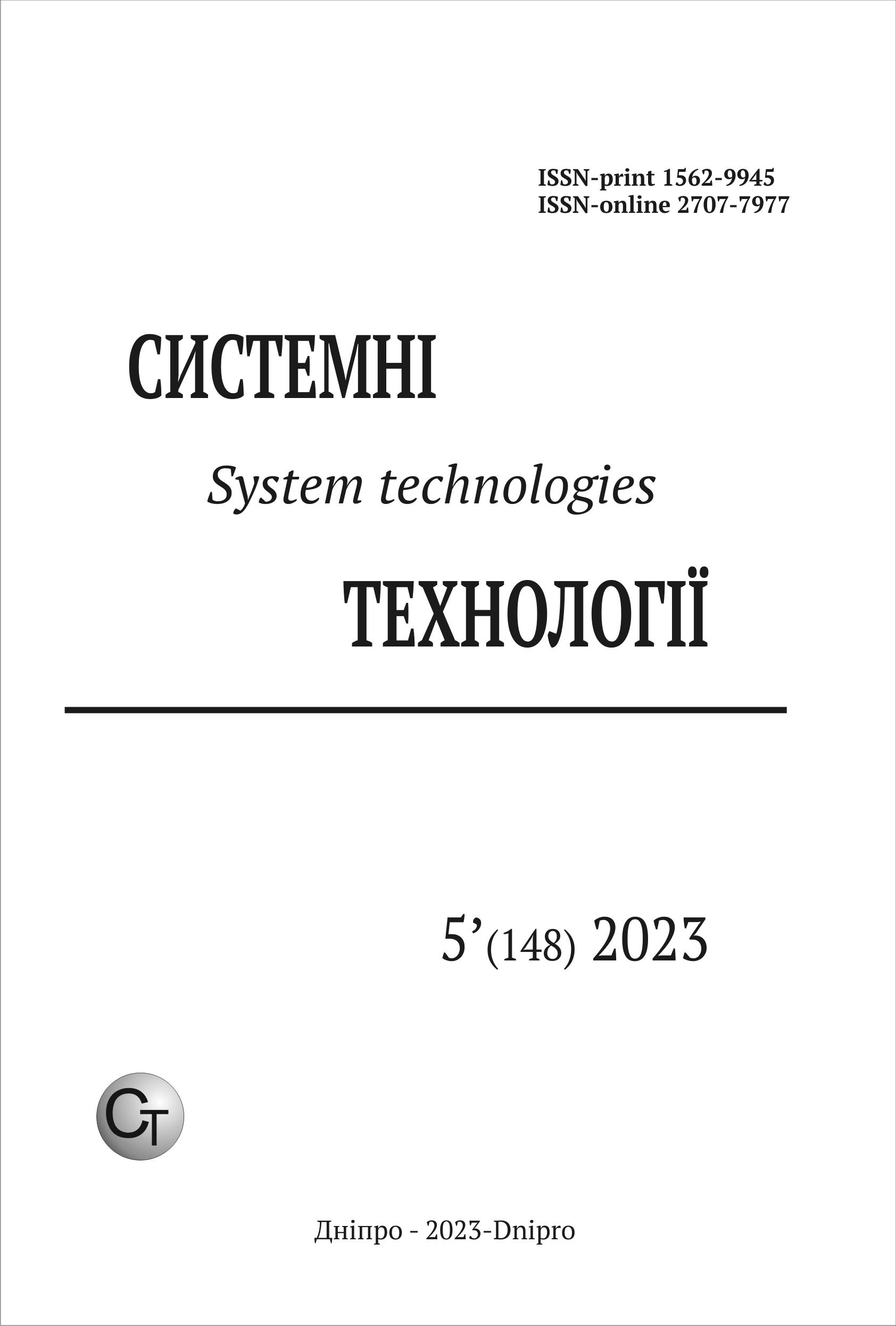ПРОЄКТУВАННЯ АРХІТЕКТУРИ ПРОГРАМНОЇ СИСТЕМИ ДЛЯ СТВОРЕННЯ ЦИФРОВИХ ДВІЙНИКІВ МЕДИКО-БІОЛОГІЧНИХ ОБ'ЄКТІВ
DOI:
https://doi.org/10.34185/1562-9945-5-148-2023-06Ключові слова:
архітектура програмної системи, цифрові двійники, медичне програмне забезпечення.Анотація
У статті запропоновано універсальну об’єктно-орієнтовану архітектуру про-грамної системи, призначеної для створення двійників медико-біологічних об’єктів на прикладі отоларингології. Архітектура ґрунтується на використані поліморфізму для мінімізації роботи розробників програмного забезпечення у разі виникнення необхідності модифікації системи для використання в інших галузях медицини. Розглянуто групи компонентів системи та надано рекомендації, щодо їхнього розроблення.
Посилання
Björnsson, B., Borrebaeck, C., Elander, N., Gasslander, T., Gawel, D.R., Gustafsson, M., Jörnsten, R., Lee, E.J., Li, X., Lilja, S. and Martínez-Enguita, D., 2020. Digital twins to personalize medicine. Genome medicine, 12, pp.1-4.
Benson, M., 2023. Digital Twins for Predictive, Preventive Personalized, and Participatory Treatment of Immune-Mediated Diseases. Arteriosclerosis, Thrombosis, and Vascular Biology, 43(3), pp.410-416.
Eva, G., Liese, G., Stephanie, B., Petr, H., Leslie, M., Roel, V., Martine, V., Sergi, B., Mette, H., Sarah, J. and Laura, R.M., 2022. Position paper on management of personal data in environment and health research in Europe. Environment international, 165, p.107334.
Ihler, F. and Canis, M., 2019. The Role of the Internet for Healthcare Information in Otorhinolaryngology. Laryngo-Rhino-Otologie, 98(S 01), pp.S290-S333.
Li, S., Zhang, H., Jia, Z., Zhong, C., Zhang, C., Shan, Z., Shen, J. and Babar, M.A., 2021. Understanding and addressing quality attributes of microservices architecture: A Systematic literature review. Information and software technology, 131, p.106449.
Makris, A., Tserpes, K., Spiliopoulos, G. and Anagnostopoulos, D., 2019, March. Performance Evaluation of MongoDB and PostgreSQL for Spatio-temporal Data. In EDBT/ICDT Workshops.
Papa, A., Mital, M., Pisano, P. and Del Giudice, M., 2020. E-health and wellbeing monitoring using smart healthcare devices: An empirical investigation. Technological Forecasting and Social Change, 153, p.119226.
Luther, A.C., 1990. Digital video in the PC environment. McGraw-Hill, Inc.
Завантаження
Опубліковано
Номер
Розділ
Ліцензія
Авторське право (c) 2024 Системні технології

Ця робота ліцензується відповідно до ліцензії Creative Commons Attribution 4.0 International License.















